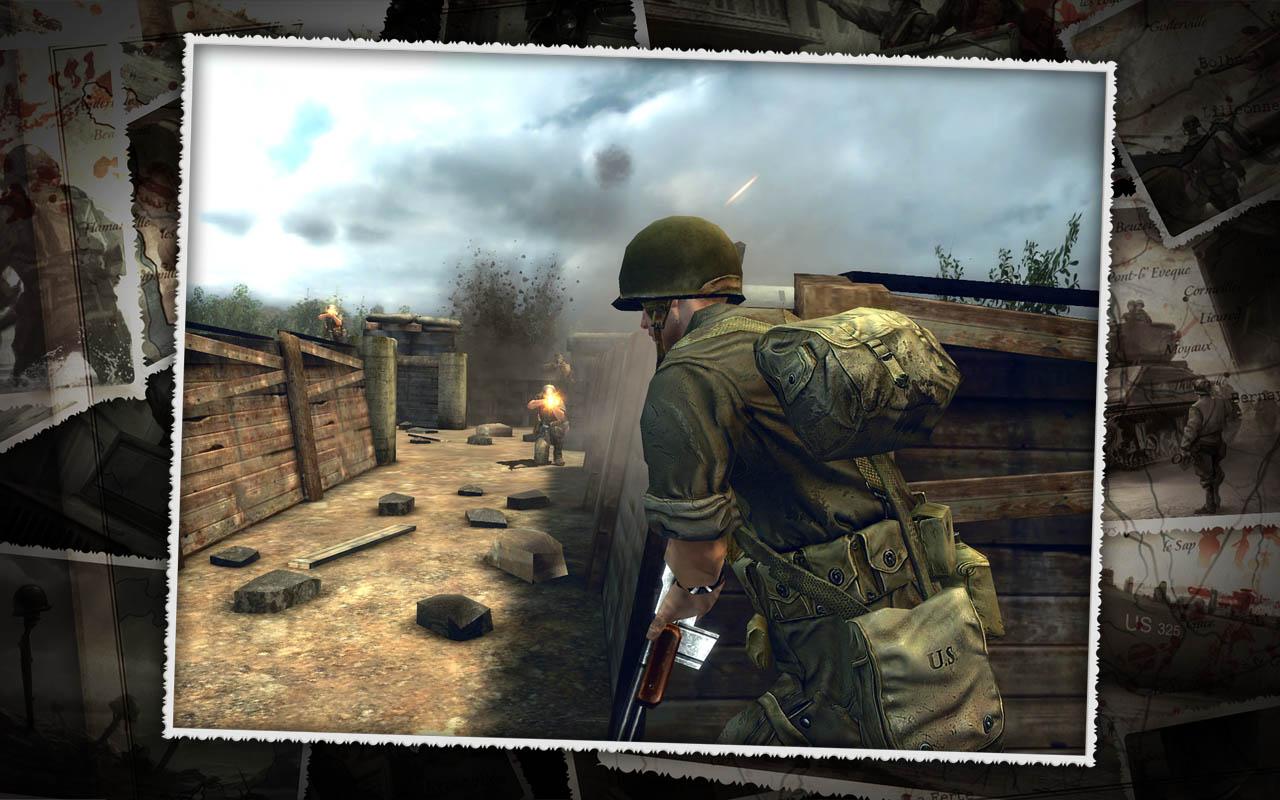
They then held a position awaiting reinforcement and equipment to land. 48 (Royal Marine) Commando was the first Commando unit to land near Saint-Aubin-sur-Mer and started the assault on Langrune-sur-Mer, which was liberated after heavy fighting and severe losses. The Brigade then had to push inland and capture the heavily fortified strong point near the radar station at Douvres, which they were required to hold on to for 48 hours before being relieved. Īssigned to the Normandy landings, 4th Special Service Brigade was given the task of seizing a number of coastal villages, including Luc-sur-Mer, St.

Under the command of Lieutenant Colonel James Moulton, it carried out a shortened commando course at Achnacarry and then joined the all Royal Marine 4th Special Service Brigade alongside No. It was formed by the conversion of the 7th Royal Marine Battalion and the Mobile Naval Base Defence Organisations (MNBDOs) defence battalions to commando duties. 48 (Royal Marine) Commando was formed in March 1944 and was the last commando unit formed during the Second World War.

The Heavy Weapons Troop was made up of 3 inch Mortar and Vickers machine gun teams. The fighting Troops consisted of 65 all ranks divided into two 30 man sections, which in turn were divided into three ten man sub sections. In 1943, the commando formation had been standardised into a small headquarters, five fighting Troops, a Heavy Weapons troop and a signals platoon. The course in the Scottish Highlands concentrated on fitness, speed marches, weapons training, map reading, climbing, small boat operations and demolitions both by day and by night. The Royal Marine Commandos, like all British Commandos, went through the six-week intensive commando course at Achnacarry. Initially, the Commandos were a British Army formation the first Royal Marine Commando was formed in 1942.

The man selected as the overall commander of the force was Admiral Sir Roger Keyes, a veteran of the landings at Galipoli and the Zeebrugge raid in the First World War. At first they were a small force of volunteers who carried out small raids against enemy occupied territory, but, by 1943, their role had evolved into lightly equipped assault Infantry that specialised in spearheading amphibious landings. He called for specially trained troops that would "develop a reign of terror down the enemy coast". The British Commandos were formed in 1940 by the order of Winston Churchill, the British Prime Minister. 48 Commando was assigned to the 4th Special Service Brigade and served in North West Europe, taking part in the Normandy landings and operations around Ostend and Antwerp before being disbanded after the war in January 1946. 48 (Royal Marine) Commando was a battalion-sized formation of the British Commandos, formed in 1944 during the Second World War.


 0 kommentar(er)
0 kommentar(er)
